Buthrotos in-depth
buthrotos in-depth
Buthrotos – In-depth
elenus
Actually Elenus had not taken anything. As Andromache recounts in the Aeneid (II, vv. 328-329) it was Neoptolemus who had handed her over, a prisoner of war and his concubine, to Elenus, who was also enslaved. This, in turn, had then received from Neoptolemus himself, before he died, part of the kingdom, the Caonia, at the hands of Orestes.
Neoptolemus
Neoptolemus (also called Pyrrhus) after the death of his father Achilles, was convinced by Ulysses to participate in the destruction of Troy: the oracle had predicted that only with the presence of Neoptolemus and Philoctetes the city would be conquered by the Greeks. In the war he distinguished himself for valour: he killed King Priam on the altar of Apollo, desecrating him, and the god, indignant, punished him forever preventing him from returning to his homeland, Thessaly. He then settled in Epirus, in the territory of the Molossians of which he became king and founder of a dynasty in which, over the centuries, they alternated rulers who boasted of descending from him or from Molosso, the son of Andromache.
andromache
According to the Little Iliad ( lost Greek epic poem, part of the “Trojan cycle”), Andromache, widow of the Trojan hero Hector, after the fall of the city, fell to lot as war prey to Neoptolemus to whom she gave birth a son. According to the legend recounted by Euripides in the tragedy Andromache, represented shortly after 428 BC, barely managed to save herself and the little Molossus from the jealousy of Hermione, who in the meantime became the legitimate wife of Neoptolemus. In modern dramaturgy the myth was treated by J. Racine in the Andromaque (1667), set in Butrint in a hall of the royal palace of Neoptolemy. It was later inspired by several melodramas and musical works (Sacchini, Grètry, Saint-Saens), including Andromaca by G. Paisiello (1797).
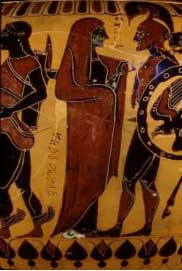
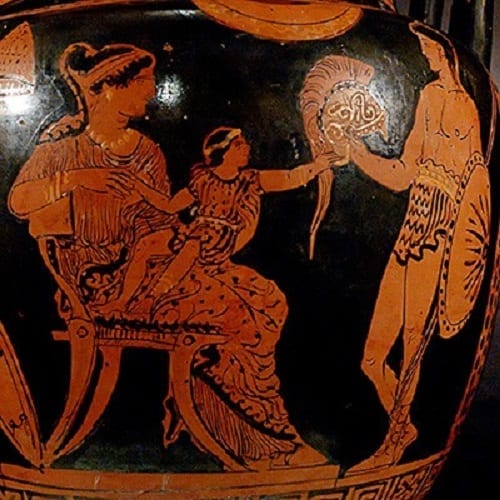
augustus
It is one of many links with Virgil’s current affairs that alludes to the initiatives of the Princeps, who wanted to make Butrint a colony for the veterans who had fought alongside Julius Caesar against Pompey, according to a project of his uncle never realized. With the new status the city expanded and were built, or otherwise renovated, an aqueduct, spa facilities, the forum and a monumental nymphaeum.
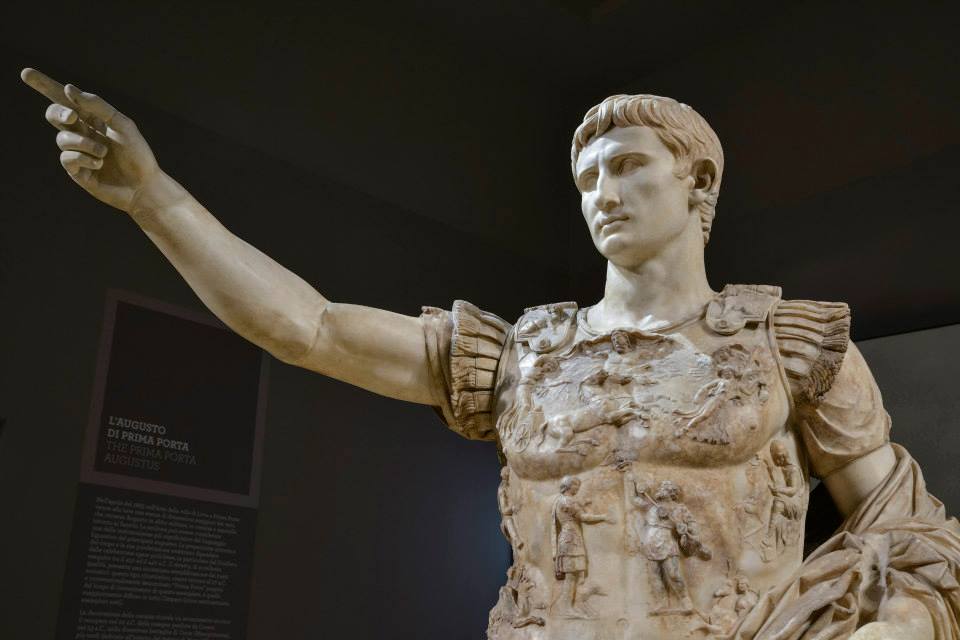
pomponio attico
T. Pomponio Attico (110-32 BC), equestrian, successful entrepreneur, man of great culture and generous munificence, publisher of literary works and author himself, as well as advisor of illustrious characters and expert collector of works of art, He was also connected to Cicero by family ties, since his sister Pomponia had married Cicero’s brother Quintus. Atticus was the recipient of many of the Letters (Epistulae, vol. 6) which the celebrated politician and intellectual wrote and which constitute a fundamental work for the knowledge of the Latin world of the late Republic. His villa purchased near Butrint, known as Amalthea, after the nurturing goat of Zeus, included a small private sanctuary, with the sacellum used as a resting room. Atticus, describing him shaded by plane trees and lapped by the waters of the Thyamis, speaks of it in his correspondence to Cicero, particularly eager to receive detailed information on the beauty of the place and the Amaltheion, because he wanted to make a similar one in his Arpino estate. A recent study proposed to identify the rural residence of Atticus with the monumental complex of Malathrea, locality in the Pavla valley. It is a plant, of residential and productive function, dating back to the III century b.C. and expanded in the I century b.C. from Attico; because it was located in a place without natural defenses, to defend against possible pirate raids of the Illyrians or predatory acts, was fortified with an imposing boundary wall and four towers.
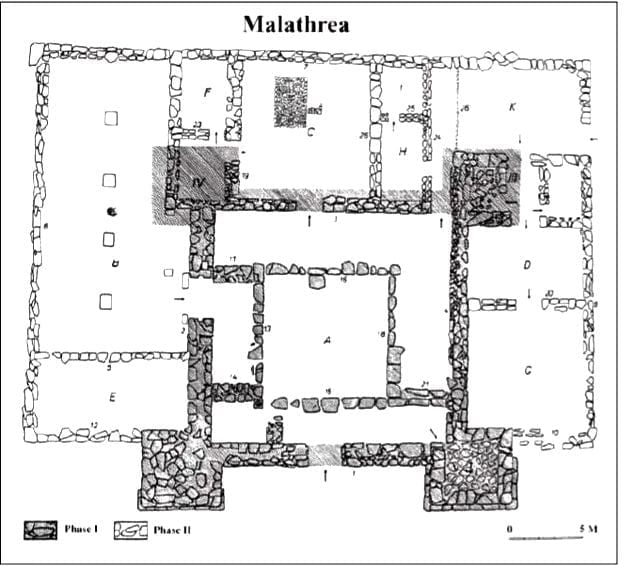
theatre
The building is of Greek type and therefore with the cavea leaning against the natural slope and was only partially renovated in Roman times. On one of the steps of the cavea is engraved a dedication, unfortunately not readable because of the gaps, bearing perhaps the name of the owner of the locus, the place. It is likely that, contrary to custom, the theatre rather than Dionysus was dedicated to Aesculapius, the guardian deity of the city, to whom a small temple was dedicated near the theatre.
Goddess of Butrint
With this expression has long been called a head of exquisite workmanship, erroneously considered feminine and instead depicting the god Apollo in an iconography of the fourth century B.C. the head was inserted on a female body draped found nearby, likely copy of an original post fidiaco. After the discovery only the head was brought to Italy by Ugolini, head of the archaeological expedition, who presented it as a gift to Mussolini of the then King Zog of Albania. It was exhibited in Rome in the Museo delle Terme; decades later, in 1979 the history of its restitution begins, which ended with a solemn ceremony in 1982 in Tirana, where the work has found a central place in the National Museum.
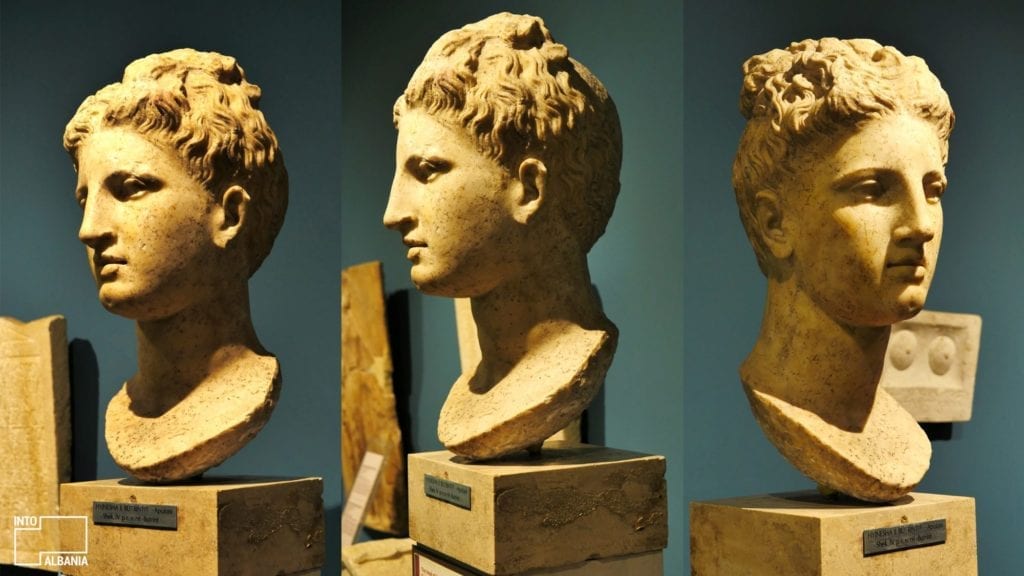
Aesculapius
Called Asclepius by the Greeks, he is the god of medicine. According to a version of the myth, Asclepius, son of Apollo and Coronides, was raised by the centaur Chiron who taught him the art of medicine, making him a master capable of obtaining miraculous healings. Zeus, fearing his power to take men from death, struck him down; but after his death, at the request of Apollo, he consented to place him in heaven among the stars: since then I begin to be venerated as a deity. According to some traditions he was born in Epidaurus. When Asclepius became a Panhellenic deity, that is, after the adoption of the cult by Athens in 417 BC, it was established that every temple dedicated to the god should have one of the sacred serpents preserved at Epidaurus. The cult spread rapidly: main centers of veneration were Epidaurus, where a flourishing school of medicine developed; Coos, which later saw the establishment of the school of the physician Hippocrates; finally Eleusis. In Rome the cult arrived in 293 BC: according to the myth, it was the same sacred serpent who chose the place where to erect the temple of the god, settling in the Tiber Island.
In classical iconography the god is represented with the dog and the snake, which are next to him in all the representations and that remain through the centuries the symbol of medicine, synthesized still today by the rod around which the snake is twisted.
Sanctuary of Esculapio
Archaeological investigations have shown that already from the fourth century B.C. rituals were carried out in the sanctuary in honor of the god, who became the protector of the local community. Starting from the third century B.C. a sacred complex was built (Asklepieion) in which not only religious rites were carried out, but also administrative activities were carried out. It included several buildings with diverse worship-related functions, and was completed by a theatre. Even the new confederation of Prasaiboi, supported by the Romans, chose to put itself under the protection of the god, so that on the walls of the theater were inscribed his deliberative acts. Asclepius was a deity rooted in the local territory but also known in Rome, where the cult had been introduced directly by Epidaurus. According to the texts it is assumed that in the sanctuary the priests of Asclepius performed juridical tasks related to the liberation of slaves. Everywhere Asclepius/Aesculapius reached great popularity in all social strata.
Castle/Museum
In the excavations have been found valuable sculptures of the classical age especially in the area of the theater of which they adorned the scene. Of particular interest are the “Great Herculaneum”, an accurate copy of the famous type of female figure cloaked; two statues of Hellenistic warriors, one of which signed by the Athenian Sosikles, similar in attitude to the figures of the Hellenistic Diadochi, but both with armor; the portrait-heads of Augustus and Agrippa. Of particular value is an Attic relief of the V century b.C. in Parian marble depicting a winged and draped Nike that perhaps adorned the Amaltheon of Atticus.
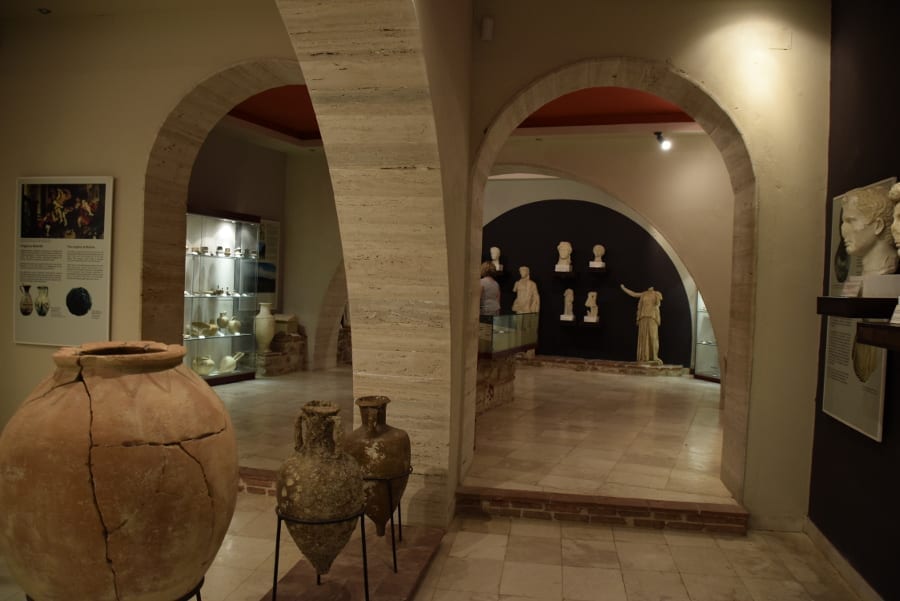
Map
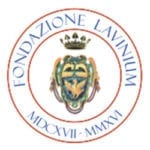


























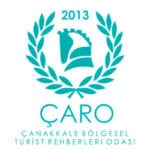
Previous
Next
